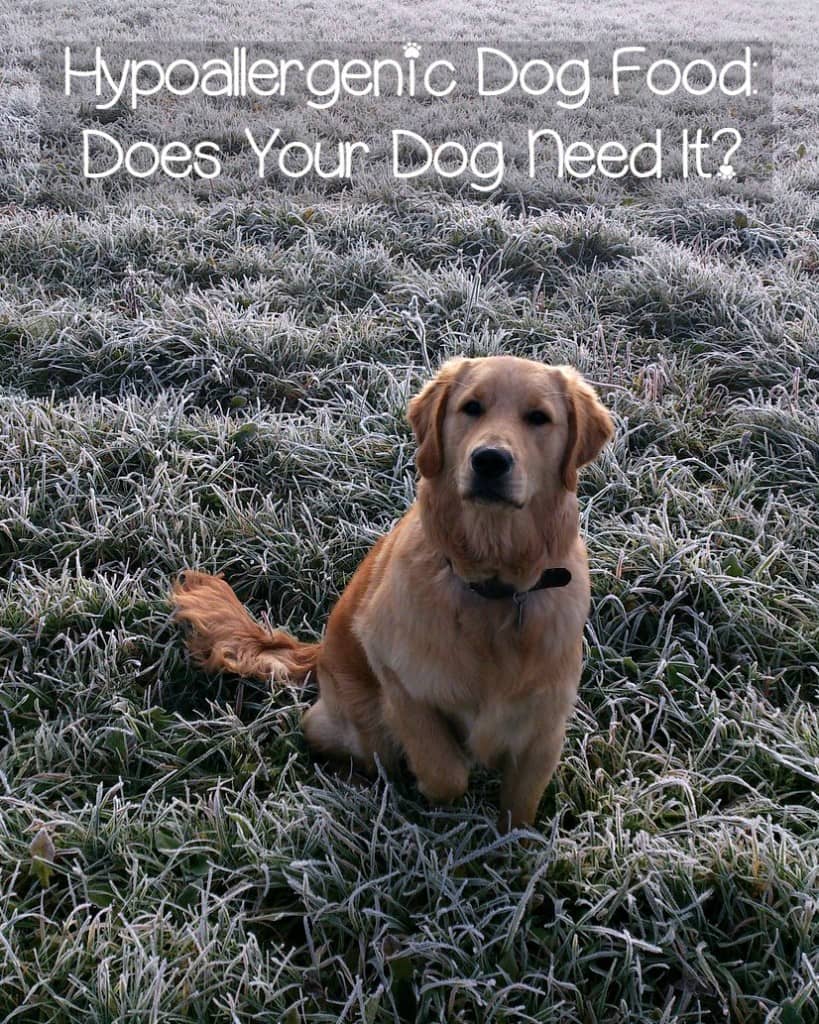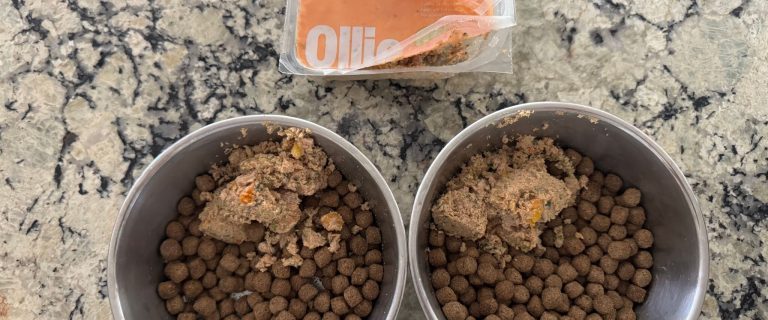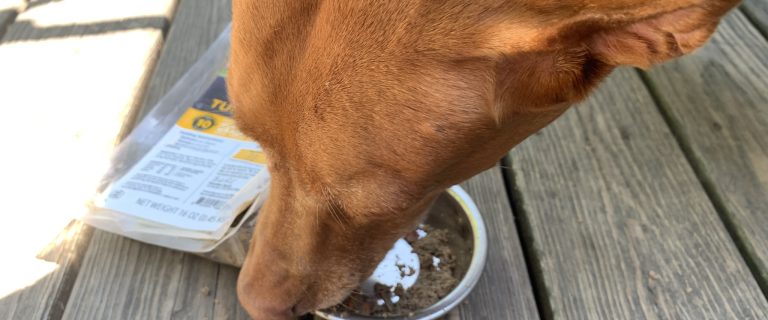If your dog is excessively itchy all the time, it may have food sensitivities or allergies, and you’ll need to use a hypoallergenic diet for dogs. This sounds simple, but it’s quite an undertaking, and you should do it in close communication with your vet.
When to Explore a Hypoallergenic Diet for Dogs
Let’s go over the signs that may mean you need to find a good hypoallergenic diet for dogs. There are several physical symptoms that can indicate that your dog has a food sensitivity or allergy.
- Excessive Licking and Chewing: Does your dog constantly lick it’s paws or anus. Does it constantly chew on itself or shudder when you scratch it? If so, these are all signs of either food or environmental allergies. Dogs lick and chew to alleviate itching. They shudder because it itches when you scratch them. On its own, it doesn’t mean your dog has a food allergy, but coupled with other symptoms, it’s a great indicator.
- Tearing: This is another diagnostic tool used to determine if your dog has food sensitivities or allergies. Of course, you need to consult your vet to rule out dry eye, but in most cases, excessive tearing is a sure sign of a food allergy.
- Chronic Ear Infections: If you dog has chronic ear infections, it could be a sign that it’s time to look into a good hypoallergenic diet for dogs. Certain breeds such as Cocker Spaniels and other dogs with long hair in the ear canal suffer from chronic ear infections. However, if your dog regularly has its ear hair plucked and you keep the canals clean, that shouldn’t be the case. If you do these things and your dog still has chronic ear infections, you almost certainly have a food allergy or sensitivity on your hands.
On their own, these symptoms can mean any number of things. When combined, though, it’s almost certainly a food sensitivity or allergy. If your dog has any combination of these symptoms, and they remain unresolved, it’s time to consider a hypoallergenic diet for dogs.
If your dog exhibits these symptoms, I highly recommend taking it to the vet as soon as possible. On their own, all of these symptoms are incredibly uncomfortable for your dog. Together, they are a sure sign that you probably need to find a hypoallergenic diet for dogs right away. Dogs can improve in as little as six weeks when their allergens are under control, so know the signs and don’t ignore them. You can find more information on choosing hypoallergenic dog food in this article.
Do you have any questions about hypoallergenic dog food? Ask in the comments and we will try to answer them!
Author
-

A former Veterinary Assistant at Southwest Animal Care Hospital, Ben is an animal lover, blogger, and all-around geek. Along with writing for DogVills, Ben runs his own virtual assistant company, BizzyBim.
View all posts



